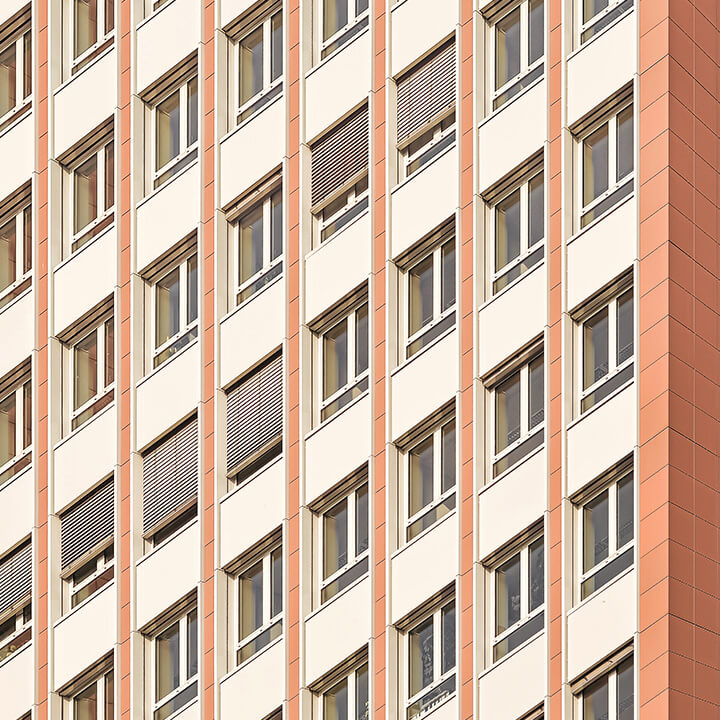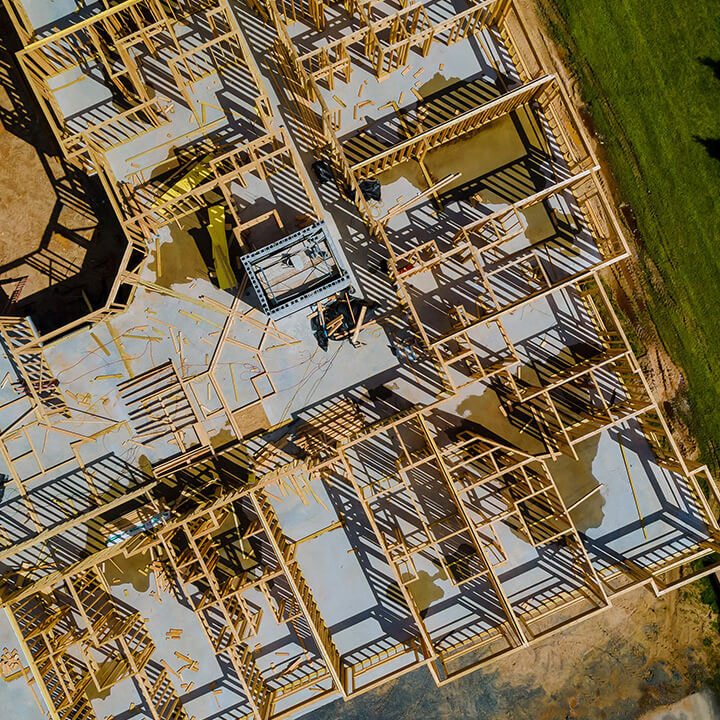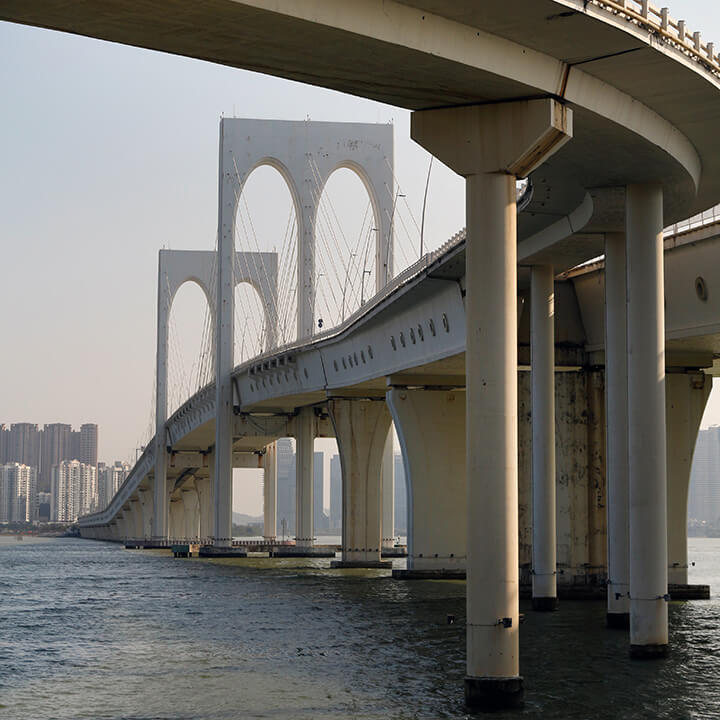First remediation order under Building Safety Act 2022
18th August 2023
In a very important development, the first remediation order has been handed down under the new Building Safety Act 2022 (BSA) [1]. Two of our BSA experts, Lewis Couth and Asia Munir, summarise the key takeaway points.
The Topline
“The BSA is a novel area of the law, and until now, no application for a remediation order had made its way through to a final hearing.
As the very first of its kind, the remediation order will provide much needed clarity to applicants and respondents alike. This decision reinforces that the focus of the BSA is on building safety and improvement of standards.”
– Lewis Couth, Director, Real Estate Litigation

What is a remediation order?
Under section 123 of the BSA, a remediation order is an order, made by the First-tier Tribunal on the application of an “interested person”, requiring a “relevant landlord” to remedy specified “relevant defects” in a specified “relevant building” by a specified time. We set out the relevant definitions at the end of this article.
Key takeaway points from Waite & others v Kedai Limited
In this case, a group of leaseholders successfully applied for a remediation order against the freeholder/landlord of the property, in relation to defective external cladding and other issues.
The First-tier tribunal made a remediation order and also ordered under section 20C of the Landlord and Tenant Act 1985 that 80% of the landlord’s cost of the proceedings could not be passed on to non-qualifying leaseholders through the service charge. (The qualifying leaseholders were protected against payment of any costs by reason of paragraph 9 of Schedule 8 to the BSA.)
The following key takeaway points arise from the judgment:
- The landlord argued that the burden of proof was on the applicant leaseholders to establish the defects and propose necessary steps to remedy them. The applicants had to establish a prima facie case for the Tribunal to consider a remediation order (i.e. that there existed relevant defects causing a building safety risk), but the Tribunal wasn’t concerned with formal burdens of proof. It was held that applications of this type involve an evidence-based exercise, led predominantly by inspection reports and expert evidence, but also informed by the Tribunal’s own experience and expertise in building matters and what it saw for itself at an inspection of the property. Once the Tribunal determined that relevant defects existed, it was for the Tribunal to make an order to remedy those defects within a specified time. It was held that this is all that the BSA required.
- A remediation order can be made on general terms to achieve a clearly specified result, namely, to remedy the relevant defects at the building. Whilst the remediation order must be sufficiently precise so that the respondent knows what it must do, the Tribunal said, the BSA is not prescriptive as to the works to remedy the relevant defects. Often a broad schedule of works will be sufficient.
- In most cases, the preparation of a specification of works will also have to be at the cost of the developer or landlord because leaseholders simply cannot afford to do so; nor will they have the necessary access to the property in question; nor the appropriate management regime.
- In this case the Tribunal found that the standard of works must:
- Comply with the Building Regulations applicable at the time the remedial work is carried out; and
- At the very least, a post-Works Fire Risk Appraisal of External Walls (FRAEW) under PAS 9980:2022 shouldn’t prevent a satisfactory Form EWS1: External Wall Fire Review from being issued.
- The Tribunal was satisfied that it was able to make an order in respect of timings setting out a specific timescale for remediation to enable the remediation scheme to be designed and for the works to be undertaken.
- Funding from third parties. In this case, it was said that whether the landlord is seeking to obtain funding or redress from a third party is irrelevant to the exercise of the Tribunal’s jurisdiction.
Remediation orders under the BSA – How we can support you
The first remediation order under the BSA sets the stage moving forwards. Walker Morris’ Construction & Engineering, Housing Management & Litigation and Real Estate Litigation BSA experts are uniquely placed to help clients from right across the Living sector to successfully navigate all of the legal, regulatory and practical changes brought about by the BSA. Please get in touch if you need any advice or assistance.
Remediation orders – definitions under the BSA
An “interested person” includes a person with a legal or equitable interest in the relevant building or any part of it.
A “relevant landlord”, in relation to a relevant defect in a relevant building, means a landlord under a lease of the building or any part of it who is required, under the lease or by virtue of an enactment, to repair or maintain anything relating to the relevant defect.
“Relevant building” means a self-contained building, or self-contained part of a building, in England that contains at least two dwellings and (a) is at least 11 metres high, or (b) has at least 5 storeys.
“Relevant defect” means a defect as regards the building that (a) arises as a result of anything done (or not done), or anything used (or not used), in connection with relevant works, and (b) causes a building safety risk.
“Relevant works” means any of the following:
- Works relating to the construction or conversion of the building, if the construction or conversion was completed in the relevant period;
- Works undertaken or commissioned by or on behalf of a relevant landlord or management company, if the works were completed in the relevant period;
- Works undertaken after the end of the relevant period to remedy a relevant defect.
The “relevant period” means the period of 30 years ending on 28 June 2022.
A “building safety risk”, in relation to a building, means a risk to the safety of people in or about the building arising from (a) the spread of fire, or (b) the collapse of the building or any part of it.
“Specified” means specified in the order.
A lease is a “qualifying lease” under section 119 of the BSA (and including for the purposes of Schedule 8 in relation to remediation costs) if:
- it is a long lease of a single dwelling in a relevant building,
- the tenant under the lease is liable to pay a service charge,
- the lease was granted before 14 February 2022, and
- at the beginning of 14 February 2022 (“the qualifying time”)
- the dwelling was a relevant tenant’s only or principal home,
- a relevant tenant did not own any other dwelling in the United Kingdom, or
- a relevant tenant owned no more than two dwellings in the United Kingdom apart from their interest under the lease.
[1] Ms Sarah Waite and others v Kedai Limited LON/00AY/HYI/2022/0005 & 0016












